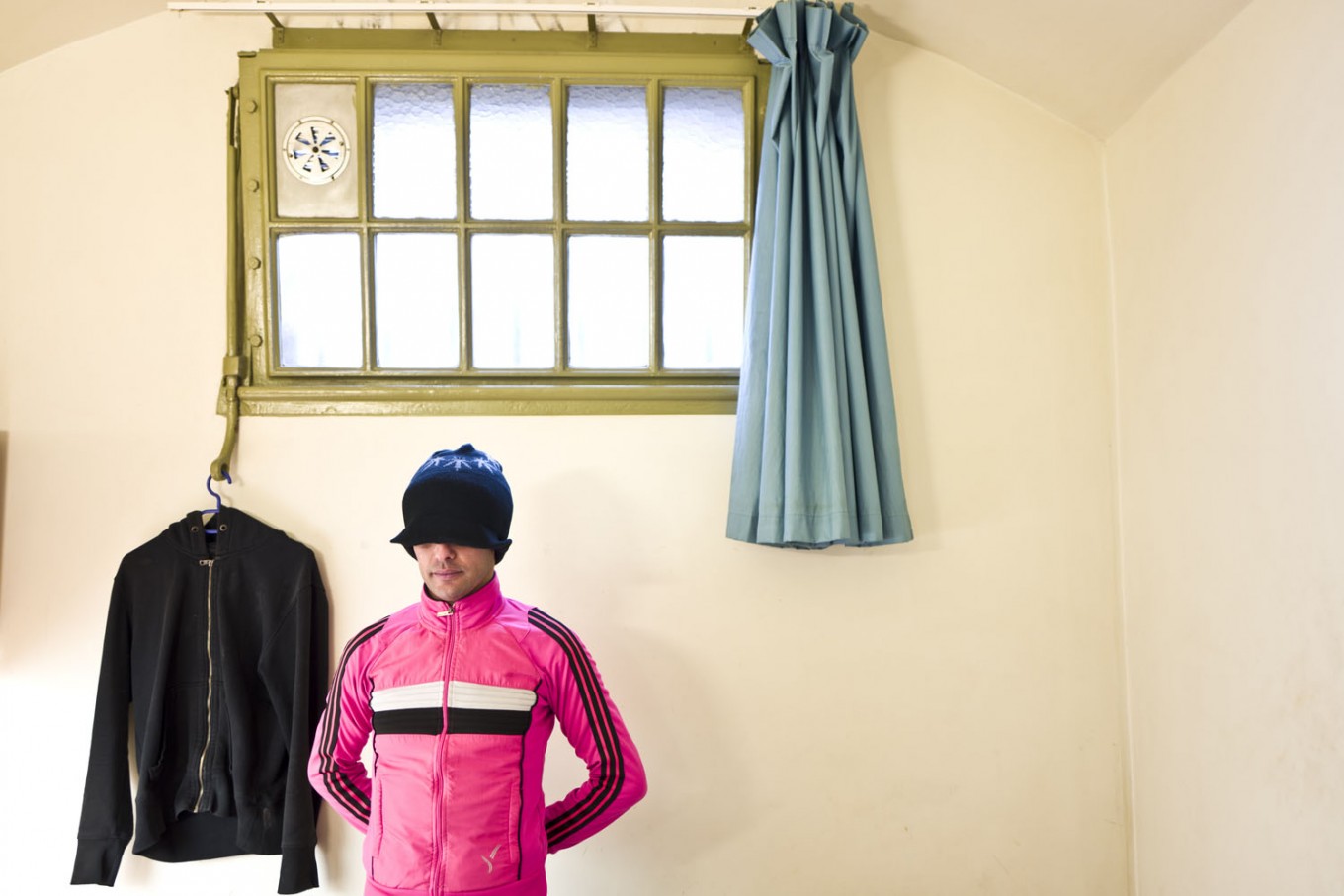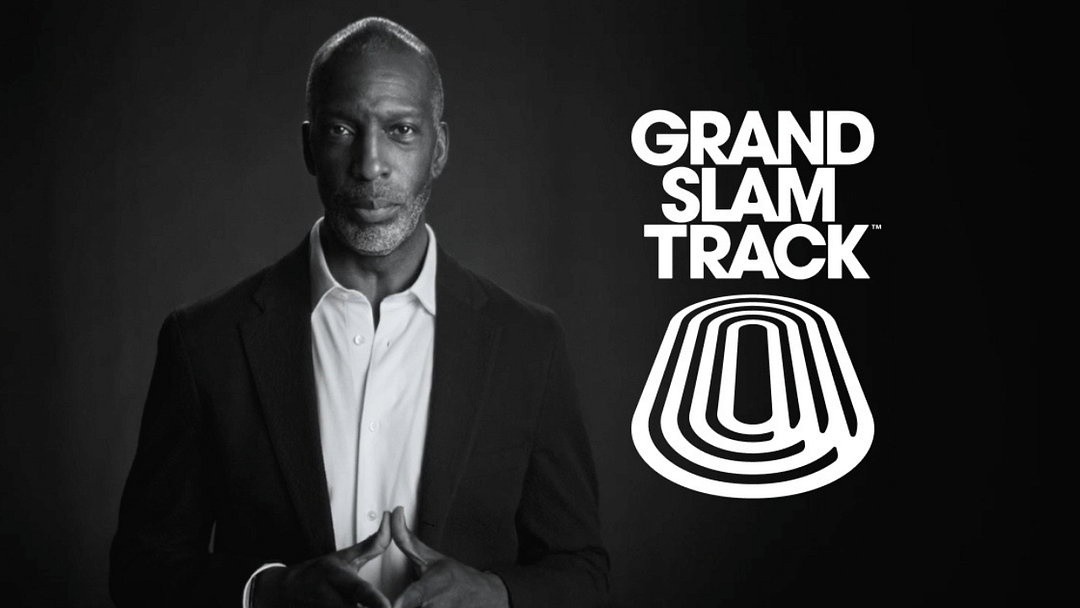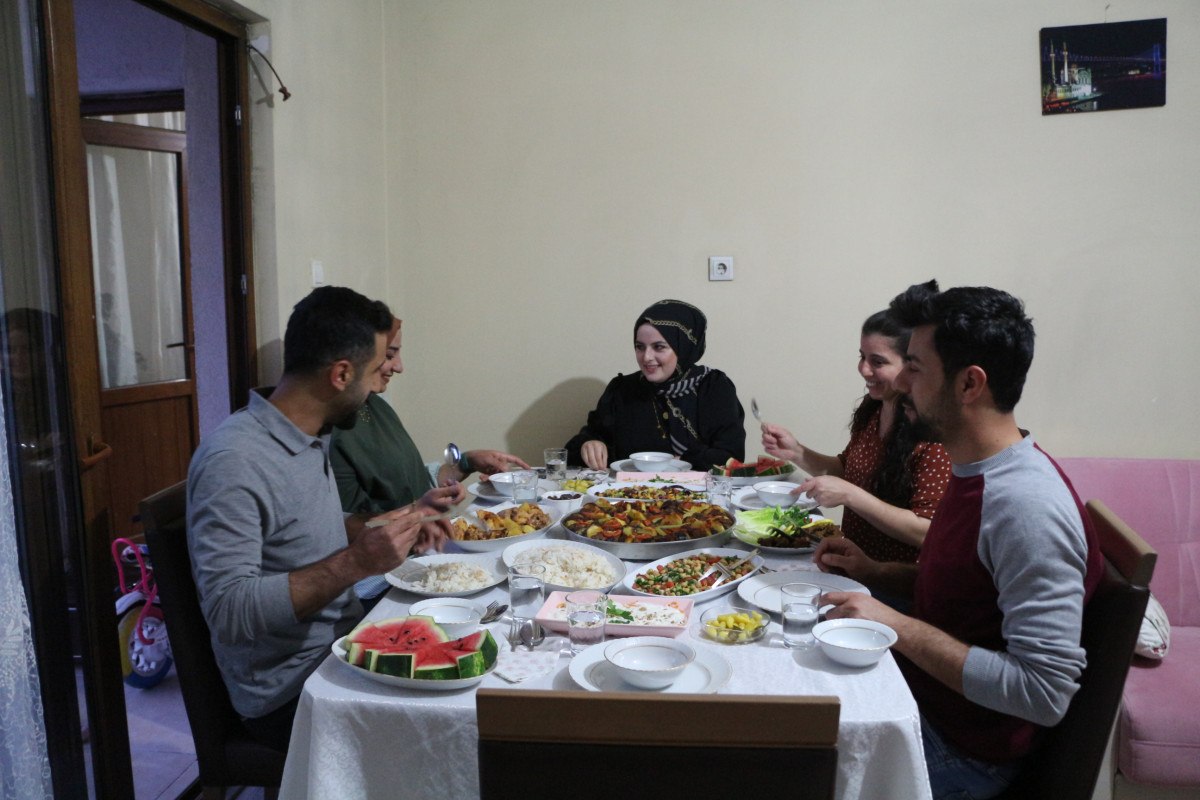Netherlands To Build Low-Security Detention Centers For Asylum Seekers

Table of Contents
The Rationale Behind Low-Security Detention Centers
The Dutch government justifies its shift towards low-security facilities primarily through economic and humanitarian arguments. The cost of maintaining high-security detention centers is significantly higher, encompassing increased security personnel, reinforced infrastructure, and stricter operational protocols. By opting for low-security alternatives, the government aims to reduce operational costs considerably.
Furthermore, the focus is on creating a more humane environment for asylum seekers. Low-security detention centers are envisioned to offer improved living conditions, including better access to amenities, social services, and legal aid. This approach, the government argues, fosters a more positive atmosphere conducive to faster and more efficient processing of asylum applications.
- Reduced operational costs: Lower security measures translate into reduced staffing and infrastructure costs.
- Improved living conditions for detainees: More spacious accommodations, access to recreational facilities, and enhanced communal areas.
- Easier access to legal aid and social services: Proximity to legal professionals and social workers facilitates smoother asylum claim processing.
- Faster processing of asylum applications: A less stressful environment can expedite the application review process.
Concerns and Criticisms of the Plan
Despite the government's stated intentions, the plan has faced considerable criticism. Concerns are raised about the potential for security breaches in low-security settings, leading to escapes and jeopardizing public safety. Critics also highlight the potential negative impact on the mental well-being of asylum seekers. A less secure environment could increase anxiety and stress, hindering their integration into Dutch society.
Human rights organizations and opposition parties express strong reservations, emphasizing the need for adequate safeguards to protect the rights and well-being of vulnerable individuals. They voice concerns about potential inadequacies in healthcare, education, and other essential services within the new facilities.
- Risk of escape and potential security breaches: Lower security measures could lead to increased escape attempts and potential security risks.
- Potential for increased anxiety and stress among asylum seekers: A less secure environment may negatively impact mental health.
- Concerns about inadequate access to healthcare and education: Ensuring access to adequate services in low-security settings needs careful planning and execution.
- Potential for negative impact on public perception of asylum seekers: Concerns about security could fuel negative public sentiment.
Comparison with Other European Countries’ Approaches
Several European countries have adopted different approaches to asylum seeker detention. Some, like Sweden, prioritize integration and support services, minimizing detention. Others, such as Greece, have faced criticism for their harsh detention conditions. Comparing the Dutch approach to these various models reveals a range of approaches and effectiveness. Analyzing successful low-security detention models in other countries, such as those in certain Scandinavian nations, could offer valuable insights and best practices for the Netherlands.
- Case studies of successful low-security detention models in other countries: Learning from international best practices is crucial for successful implementation.
- Comparison of detention lengths and processing times: Analyzing the impact of different models on the efficiency of the asylum process.
- Analysis of the effectiveness of various integration programs: Identifying successful integration strategies employed in other countries.
The Future of Asylum Processing in the Netherlands
The long-term implications of the new low-security detention centers for asylum seekers are significant. Their success will depend on careful planning, sufficient resources, and rigorous monitoring. If implemented effectively, they could potentially lead to increased efficiency in asylum application processing and a reduction in the overall number of asylum seekers in detention. However, failure to address security concerns or provide adequate support services could result in negative consequences.
The government's ability to scale the model to accommodate future influxes of asylum seekers will also be a critical factor in determining its long-term viability. Continuous evaluation and adaptation will be necessary to ensure the initiative remains effective and aligns with evolving needs and challenges.
- Potential for increased efficiency in asylum application processing: Streamlined processes could lead to faster decisions.
- Predicted impact on the number of asylum seekers in detention: A more efficient system might reduce the overall detention numbers.
- The potential for scaling the model to accommodate future influxes: The ability to adapt to changing circumstances is vital for long-term success.
Conclusion: The Netherlands' decision to build low-security detention centers for asylum seekers is a complex issue with far-reaching consequences. While aiming for a more humane and cost-effective approach, the potential risks and challenges must be carefully considered and mitigated. The success of this initiative hinges on a balanced approach that prioritizes both the efficient processing of asylum claims and the well-being of asylum seekers. Continued monitoring and evaluation of these low-security detention centers for asylum seekers are essential to ensure they fulfill their intended purpose and contribute to a more just and effective asylum system. We need to closely follow the development of these low-security detention centers for asylum seekers and their impact on asylum seekers’ lives.

Featured Posts
-
 Comprehensive Calendar Of Trips And Events For Seniors
May 12, 2025
Comprehensive Calendar Of Trips And Events For Seniors
May 12, 2025 -
 Ofili Finishes Third In Inaugural 100 000 Grand Slam Track Race
May 12, 2025
Ofili Finishes Third In Inaugural 100 000 Grand Slam Track Race
May 12, 2025 -
 Analyzing Sylvester Stallones Limited Role In Jason Stathams Latest Action Movie
May 12, 2025
Analyzing Sylvester Stallones Limited Role In Jason Stathams Latest Action Movie
May 12, 2025 -
 The Unexpected Failure Of Henry Cavills Latest War Movie
May 12, 2025
The Unexpected Failure Of Henry Cavills Latest War Movie
May 12, 2025 -
 Hakkari Deki Hakim Ve Savcilar Icin Oezel Iftar Programi
May 12, 2025
Hakkari Deki Hakim Ve Savcilar Icin Oezel Iftar Programi
May 12, 2025
Latest Posts
-
 How Trumps Desire For Low Oil Prices Affected The Us Energy Industry
May 12, 2025
How Trumps Desire For Low Oil Prices Affected The Us Energy Industry
May 12, 2025 -
 The Paradox Of Trumps Energy Policy Cheap Oil And Industry Relations
May 12, 2025
The Paradox Of Trumps Energy Policy Cheap Oil And Industry Relations
May 12, 2025 -
 Analyzing Trumps Stance On Cheap Oil And Its Effect On The Energy Industry
May 12, 2025
Analyzing Trumps Stance On Cheap Oil And Its Effect On The Energy Industry
May 12, 2025 -
 Donald Trump And The Price Of Oil A Critical Analysis Of His Approach
May 12, 2025
Donald Trump And The Price Of Oil A Critical Analysis Of His Approach
May 12, 2025 -
 Cheap Oil And The Trump Legacy An Examination Of His Energy Policies
May 12, 2025
Cheap Oil And The Trump Legacy An Examination Of His Energy Policies
May 12, 2025
